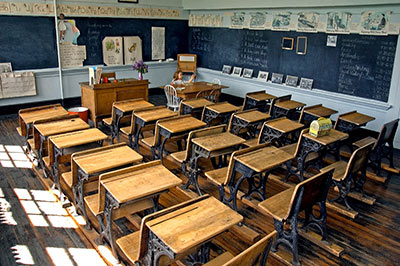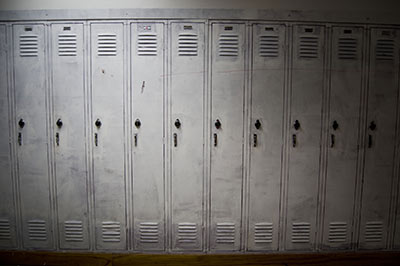California Department of Education
The decision to close a school is anguishing. It profoundly affects parents, neighborhoods, communities, district personnel, and, of course, students. It affects relationships, routines, and cherished territorialities. In short, it alters not only district operations but also lives.
A decision not to close a school, however, amidst circumstances of declining enrollment and economic necessity, can be imprudent. And while the immediate effects of closing a school may be painful, the long-term effects can be beneficial to everyone.
Indeed, the process of closing a school is difficult, but if done correctly, it becomes less difficult. This "Closing a School Best Practices Guide" (CASBPG) will hopefully make the process easier.
The CASBPG is divided into five chapters:
- Gathering facts
- Deciding which school to close
- Making the decision
- Making the transition
- Disposing of surplus property
View Guide










